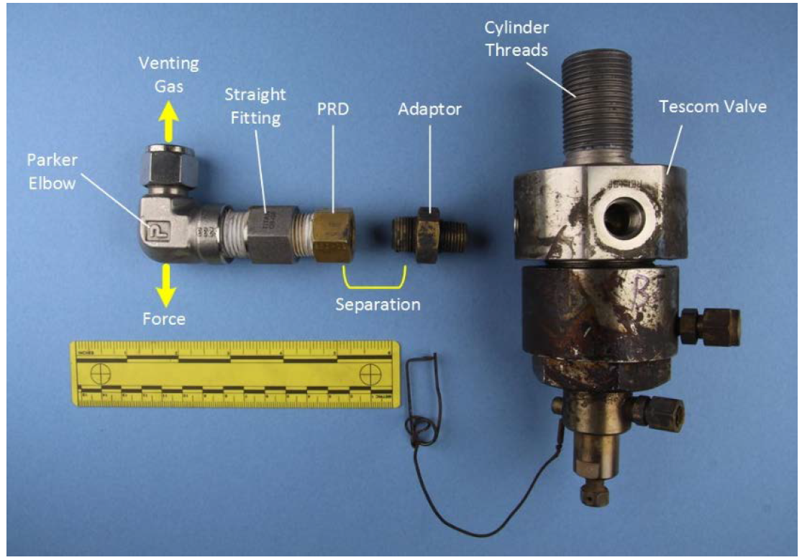Analyzing the Risks of Pressure Relief Devices in Hydrogen Systems
Analyzing the Risks of Pressure Relief Devices in Hydrogen Systems Pressure relief devices (PRDs) play a crucial role in maintaining safety in pressure equipment by controlling sudden pressure increases and preventing catastrophic failures that could lead to fires and explosions. However, PRDs are not infallible and can themselves become the sources of these events if they fail. Understanding the risks and hazards associated with these devices is essential for preventing potential incidents. In a recent study put out by the Center for Risk and Reliability (CRR) and the System Risk and Reliability Analysis (SyYRRA) lab, led by Ph.D. student Alejandro Jiménez, we reviewed various incidents involving PRDs in hydrogen systems. This research aims to identify the root causes and conditions that lead to these occurrences. It marks a significant step toward comprehending the risks linked to PRD failures and offers a clear path for managing both the risks and benefits of PRDs in hydrogen systems. Key Findings from the Study Incident Analysis: The study examines a range of incidents related to PRDs in hydrogen systems, highlighting patterns and common factors that contribute to failures. By analyzing historical data, we identified specific scenarios where PRDs did not function as intended, leading to hazardous situations. Root Cause Identification: Our analysis pinpointed several root causes for PRD failures, including design flaws, maintenance issues, and operational errors. Understanding these root causes is vital for developing targeted strategies to prevent similar incidents in the future. Failure Modes: We identified various failure modes present during these incidents. These include spurious operation, external leaks, and failure to operate. Other failure modes were not directly related to PRDs but involved events that increased pressure, demanding the device to release pressure to the atmosphere. These insights help in refining safety guidelines and improving PRD design and maintenance practices. Operations During Failures: The analysis identified that the majority of incidents occurred during loading, unloading, or filling operations. However, other significant contributions exist when the equipment is idle, during transport, and during normal operations. Implications for Hydrogen Safety Hydrogen systems are becoming increasingly common in various industries due to their potential for clean energy production. Ensuring the safety and reliability of these systems is paramount to their successful integration with other engineering systems and our modern society. The research provides valuable insights into the risks associated with PRDs, offering a foundation for developing risk management strategy. By understanding the hazards and implementing effective risk management strategies, we can mitigate the potential for PRD failures and enhance the overall safety of hydrogen systems. This will not only protect equipment and personnel but also foster public confidence in hydrogen technologies. The findings from our study underscore the need for ongoing research and development in the field of reliability engineering. Future studies will focus on developing probabilistic models that represent these PRD failures, and using these models to analyze the risk trade-offs that these devices possess. This trade-off analysis will allow us to understand circumstances where PRDs increase the risk, feeding further research on passive systems as alternative solutions. Collaboration with industry partners will be crucial in translating these research outcomes into practical applications. One aspect of this research that requires collaboration with industry is sharing data related to the use and failure of PRDs. This data would enhance the current analysis and the probabilistic model that is being developed. Understanding and managing the risks associated with PRDs in hydrogen systems is essential for preventing catastrophic failures and ensuring the safe operation of these systems. Our research provides a critical foundation for developing effective risk management strategies and advancing the field of hydrogen safety. By continuing to explore and address the challenges posed by PRDs, we can contribute to a safer and more reliable future for hydrogen technologies. For more insights and updates on our research, follow us at the Center for Risk and Reliability.
August 2, 2024 Prev Next |


